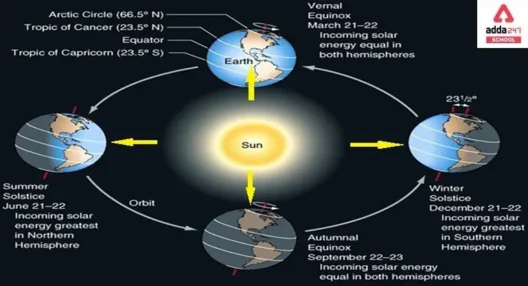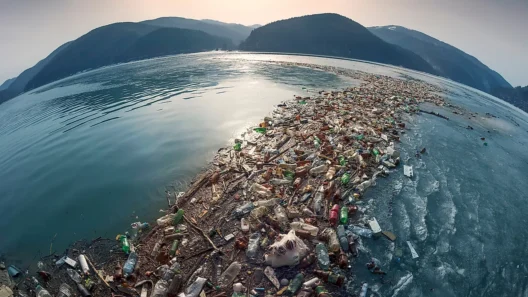The California Climate Credit initiative has emerged as a focal point of discourse regarding climate finance and fiscal responsibility. At first glance, it appears to be a benevolent benefaction, offering residents a reprieve in the form of credits on utility bills. However, this seemingly straightforward policy inadvertently entwines several complex issues surrounding environmental impact, socio-economic factors, and public perception. The allure of receiving “free money,” juxtaposed with the deeper implications of climate action funding, creates a multifaceted conundrum that merits scrutiny.
To appreciate the nuance behind the California Climate Credit, one must first delve into its inception and operational framework. Introduced as part of the state’s broader agenda to mitigate greenhouse gas emissions, the credits are designed to redistribute funds accrued from the cap-and-trade program. Cap-and-trade operates on the premise that businesses must acquire permits to emit a certain amount of carbon dioxide, thus incentivizing them to innovate and reduce emissions. The proceeds from the sale of these permits are then allocated in various ways, including the issuance of credits to residential customers.
Yet, the proposition that these credits translate to “free money” belies the intricate network of environmental policy. The funding mechanism, though it provides immediate financial relief, reflects a deeper paradigm of cost and accountability. Residents receiving these credits are often unaware that the funds originate from a system inherently designed to punish high emissions and encourage cleaner practices. Thus, while the immediate effect appears lucrative, it raises questions about the long-term implications of relying on such financial mechanisms as a sustainable model for combating climate change.
Furthermore, the demographic disparities in the distribution of these credits illuminate a more profound socio-economic commentary. Low-income families—who often bear the brunt of energy costs—may benefit more substantially from these credits compared to higher-income households, which can ironically be seen as wealth compensation. This might cultivate misplaced notions of equitability within climate policy, where the financial support afforded to some is contingent upon a broader acceptance of the carbon market’s intricacies. In this context, the credits serve as both a life preserver and an obfuscation of deeper systemic issues, such as energy inequity and environmental justice.
Amidst this backdrop of financial redistribution, skepticism arises regarding the efficacy of such policies in fostering sustainable behavior. Critics argue that the credits may inadvertently bolster fossil fuel dependency by normalizing consumption patterns rather than incentivizing a genuine transition to renewable resources. If residents perceive that their energy costs are being mitigated through governmental credits, they may be less inclined to reduce consumption or explore eco-friendly alternatives. This initiative, then, could paradoxically reinforce the status quo, as it softens the fiscal penalties associated with high energy use rather than confronting the behavioral changes needed for substantive progress in climate action.
Additionally, public perception plays a critical role in the success and acceptance of these climate credits. Skepticism may stem from a perception of governmental overreach, where the state is seen as paternalistic, doling out financial incentives under the guise of environmental responsibility. This duality—between viewing the credits as benevolent support versus an infringement on personal autonomy—creates a fertile ground for debate. Many citizens may question whether their participation in the cap-and-trade program is genuinely an act of global stewardship or merely a transactional relationship with the state.
The intricate dynamics between climate credits and consumer behavior warrant further exploration of alternatives to the existing framework. Could the funds generated from cap-and-trade be more effectively channeled towards investment in renewable energy infrastructure or community education programs about energy conservation? The potential exists for these funds to catalyze systemic change rather than merely cushion the financial impact of climate initiatives. These investments could lead to a more sustainable energy paradigm, where citizens are not just passive recipients of financial credits but active participants in the climate solutions community.
Furthermore, as dialogues surrounding climate justice and equity advance, a revisitation of the California Climate Credit policy could elucidate pathways for more impactful legislative measures. Empowering communities with the knowledge and resources to transition to renewable energy sources would not only reduce reliance on fossil fuels but enhance overall resilience against climate volatility. Linking financial incentives to education and action rather than mere consumption could create a more informed citizenry dedicated to environmental stewardship.
In conclusion, while the California Climate Credit initiative offers a superficial promise of financial relief, it intricately weaves a broader narrative about climate policy, socio-economic disparities, and behavioral change. The credits serve as a starting point for a deep-seated conversation about how best to address climate change holistically. In an age where immediate financial relief can obscure more profound systemic issues, understanding the multilayered implications presents an essential challenge for Californians and environmental advocates alike. Moving forward, the key will be to question not only how to continue these programs effectively but also how to ensure they ultimately drive the transformative changes necessary for a sustainable future.




